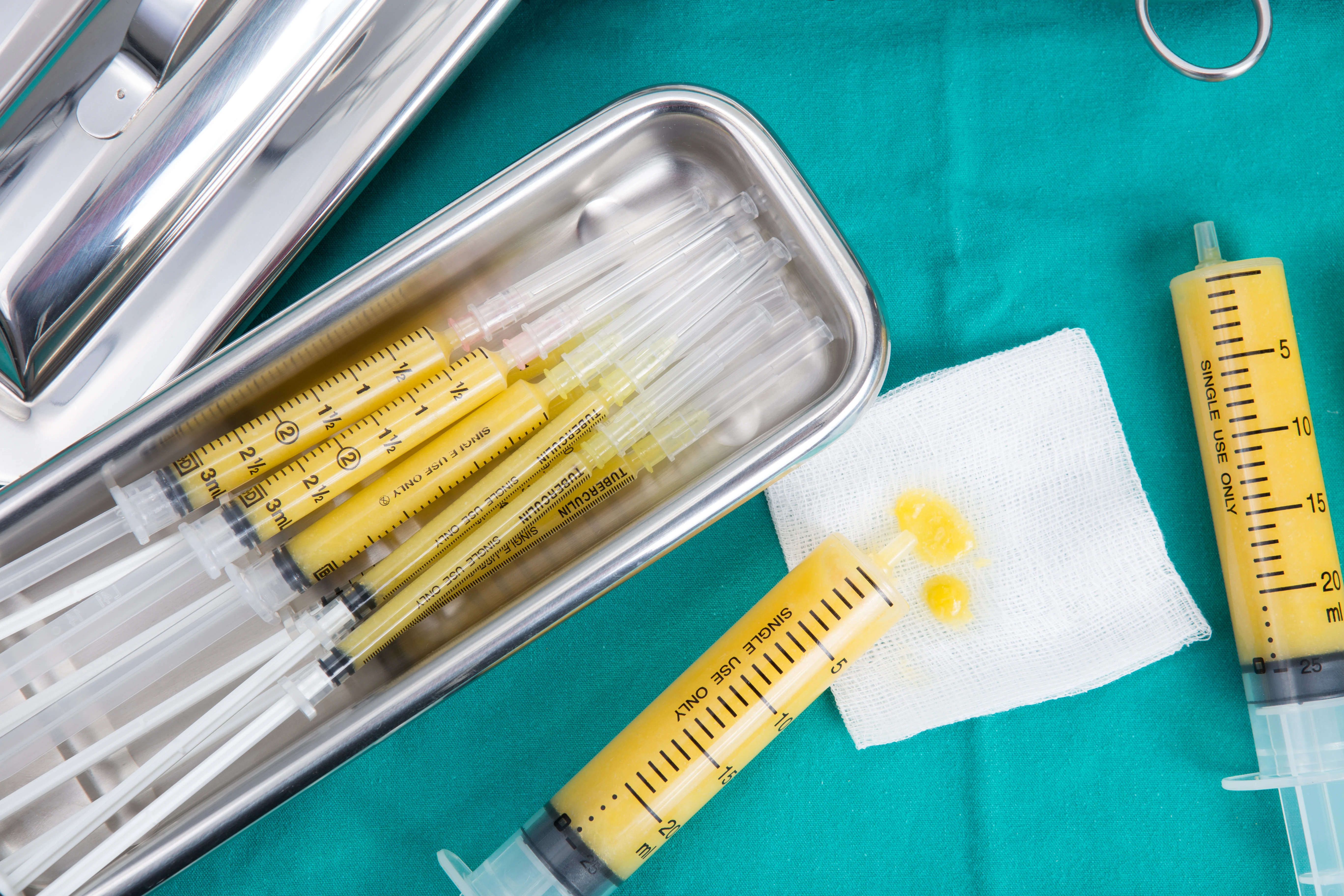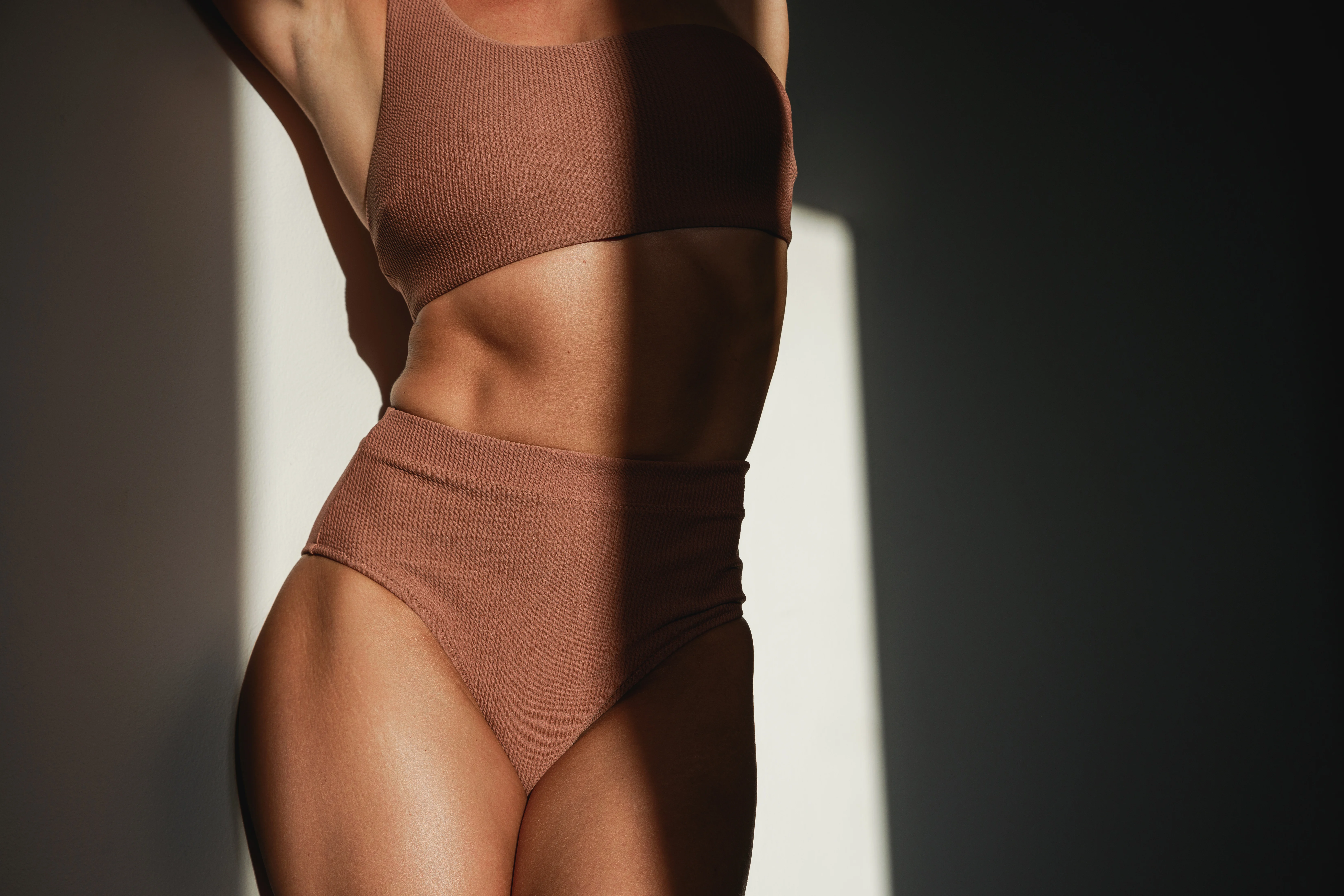Choosing the Right Type of Tummy Tuck for You

When it comes to abdominal contouring, a tummy tuck—or abdominoplasty—is a transformative option for those looking to tighten loose skin, repair muscle separation, and achieve a smoother, more toned midsection. But not all tummy tucks are the same. Depending on your anatomy, skin laxity, and surgical goals, there are several types of tummy tucks to consider—including a mini tummy tuck, full tummy tuck, extended tummy tuck, circumferential lower body lift, and the fleur-de-lis technique.
In this guide, Dr. Victoria Aimé, a plastic surgeon in Scottsdale, AZ, walks through each type to help you understand your options.
Types of Tummy Tucks Explained
Mini Tummy Tuck
Best for: Patients with mild skin laxity in the lower abdomen
The mini tummy tuck is ideal for those with a small amount of loose skin or a stubborn “pooch” below the belly button—often the result of a C-section or mild aging. The incision is typically a little bit longer than a C-section scar and placed low on the abdomen. This version does not reposition the belly button or typically involve muscle tightening, making it less invasive.
- Performed under local anesthesia
- Minimal downtime—many patients return to daily activities within days
Full (Classic) Tummy Tuck
Best for: Patients with loose skin above and below the belly button and muscle separation (diastasis recti)
The full tummy tuck is the most common option, especially for moms or anyone who’s had significant abdominal changes. It involves a hip-to-hip incision low on the abdomen and often includes:
- Muscle repair (if needed) to restore the core
- Removal of excess skin and fat
- Repositioning the belly button
- Refinement of the mons pubis area
The result is a flatter, more contoured abdomen and a refreshed silhouette.
Extended Tummy Tuck
Best for: Patients with excess skin and fat that extends beyond the front of the abdomen
An extended tummy tuck includes all the elements of a full tummy tuck but extends the incision around the flanks to address skin laxity extending onto the hips. It’s commonly recommended to patients with moderate to severe loose skin or post-weight loss changes. The extended reach helps contour the waistline better and decreases the risk of skin bunching at the end of the scar (called a dog ear).
Circumferential Tummy Tuck (Lower Body Lift / Belt Lipectomy)
Best for: Patients with massive weight loss and significant skin laxity around the entire midsection
This advanced procedure is the most comprehensive, involving a 360-degree incision that continues around the back. It lifts not only the front of the abdomen but also the flanks, lateral thighs, and buttocks. Ideal for post-bariatric or significant weight loss patients, it offers dramatic reshaping.
- Longer recovery (4–6 weeks)
- Often combined with muscle repair and liposuction
Fleur-de-Lis Tummy Tuck
Best for: Patients with vertical and horizontal skin excess, typically after massive weight loss
The fleur-de-lis technique is used when skin laxity is both vertical and horizontal, resulting in a vertical incision in addition to the standard horizontal one. This allows for removal of more skin in the central abdomen and creates tighter contouring through the midline.
Increased scar burden, but often necessary for best results in significant weight loss or high BMI patients
Recovery Considerations
Recovery varies based on the extent of surgery:
- Mini tummy tuck: 2–5 days to resume normal activities
- Full/extended/body lift/fleur-de-lis: 2 weeks minimum off work, 4–6 weeks for full recovery
- Drain-free options are typically used unless significant liposuction is added
- Exparel (a long-acting numbing medication) is used to enhance comfort
Dr. Aimé recommends planning for at least two weeks off from work and avoiding strenuous activities until cleared.
Final Thoughts
Choosing the right tummy tuck depends on your anatomy, goals, and lifestyle. Whether you’re addressing a small lower belly concern or seeking dramatic reshaping after weight loss, there’s a technique that can help restore your confidence.
Still not sure which option is best for you? Schedule a personalized consultation with Dr. Aimé to explore your body contouring possibilities.
Our surgical and non-surgical treatment options
Ready to start your transformation?
Whether you’re just beginning to explore your options or have specific goals in mind, we’re here to guide you with expertise and compassion.

Read more articles

How to Prevent Pneumonia After a Tummy Tuck: Why I Give Every Patient an Incentive Spirometer
Pneumonia is a preventable but real risk after tummy tuck surgery. In this post, Dr. Victoria Aimé explains how and why she gives every patient an incentive spirometer to support healthy breathing and reduce complications during recovery.

Why Exercise Alone Can’t Restore Your Body After Childbirth
Discover why exercise alone can’t fix postpartum changes like muscle separation and loose skin. Learn how a tummy tuck can repair diastasis recti and remove excess skin to help moms restore a flatter, firmer abdomen.

How Your Own Fat Can Improve Your Face, Breasts, Butt, Hands, and More
Learn how fat transfer uses your own natural fat to enhance and rejuvenate the face, breasts, butt, and hands. This versatile technique offers natural-looking, long-lasting results while contouring donor areas.

What to Know About Liposuction: A Guide from Dr. Victoria Aimé
Considering liposuction? Learn what the procedure involves, how recovery works, and why Dr. Aimé’s approach focuses on body contouring—not weight loss.
